A closer look into "The BIG U", BIG's winning proposal for Rebuild By Design
By Bustler Editors|
Tuesday, Jun 3, 2014
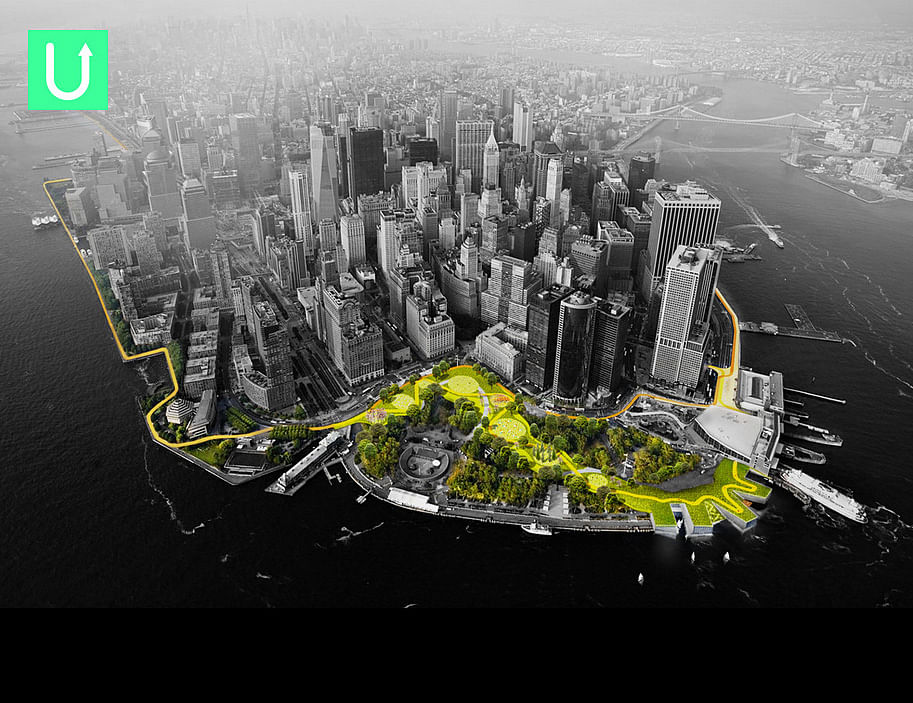
Related
From yesterday's announcement of the Rebuild By Design winners by the U.S. Department of HUD, we've got more details behind "The BIG U" by the BIG Team. BIG's solution is one of the six winning proposals out of 10 finalist teams.
The BIG-led consortium was awarded $335 million to implement their proposal for New York's Lower Manhattan, with the goal to increase the neighborhood's resiliency to future storm disasters.
BIG U: A Day in the Life from Rebuild by Design on Vimeo.
And with a name like "The BIG U", one can only be curious to find out more. Scroll down further to see the details.
Project description:
"Coined the ‘Big U’, the systematic approach encircles Manhattan responding directly to the needs and concerns of the area’s communities. Running from West 57th Street south to The Battery and up to East 42nd Street, the Big U protects 10 continuous miles of low-lying geography that comprise an incredibly dense, vibrant, and vulnerable urban area. The team’s approach is rooted in the two concepts of social infrastructure and hedonistic sustainability. The Big U not only shields the city against floods and storm water; it provides social and environmental benefits to the community, and fosters an improved public realm."
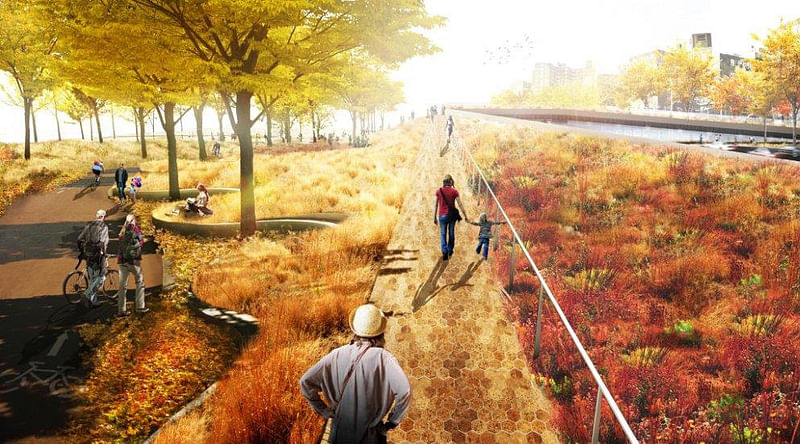
"The team envisions three compartments that function independently to provide flood protection. Each compartment comprises a physically discrete flood-protection zone that can be isolated from flooding in adjacent zones. At the same time, each presents opportunities for integrated social and community planning. The compartments work in unison to protect and enhance the city, yet each compartment’s proposal is designed to stand on its own."

"CDBG-DR funds will be used to implement the first phase of the proposal along the Lower East Side, creating a ‘bridging berm’ at the East River Park. The bridging berm provides robust vertical protection for the Lower East Side from future storm surge and rising sea levels. The berm also offers pleasant, accessible routes into the park, with many unprogrammed spots for resting, socializing, and enjoying views of the park and river. Both the berms and bridges will be wide and planted with a diverse selection of salt tolerant trees, shrubs, and perennials to create a resilient urban habitat."
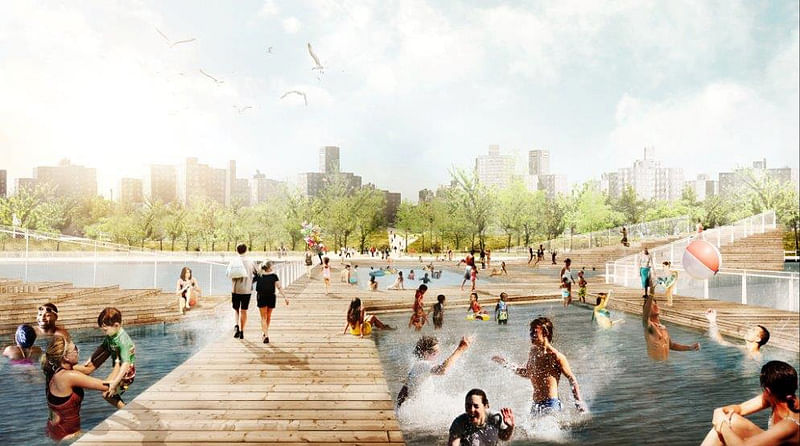
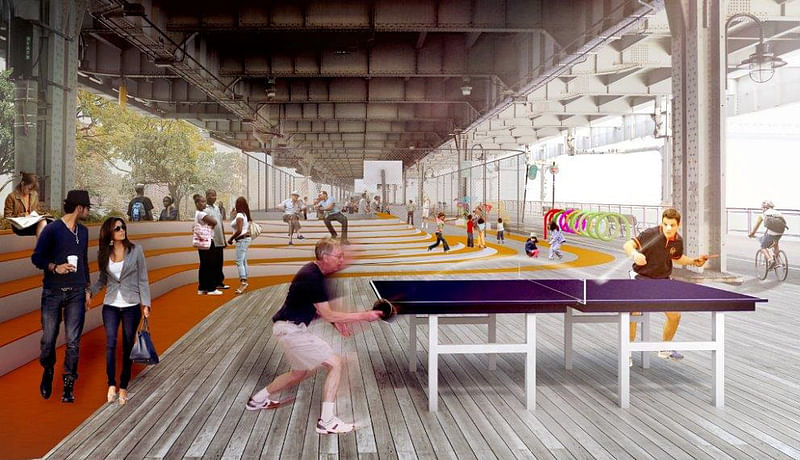

"'The Big U is an example of what we call Social Infrastructure. The High Line shows how a decommissioned piece of infrastructure – the abandoned elevated railway – can be transformed into a public space and green landscape. We asked ourselves: What if we could envision the resilience infrastructure for Lower Manhattan in a way that wouldn’t be like a wall between the city and the water, but rather a string of pearls of social and environmental amenities tailored to their specific neighborhoods, which also happens to shield their hinterlands from flooding. The Big U will not only make the waterfront more resilient but also more accessible and inviting to the citizens around it.' -- Bjarke Ingels, Founding Partner, BIG."
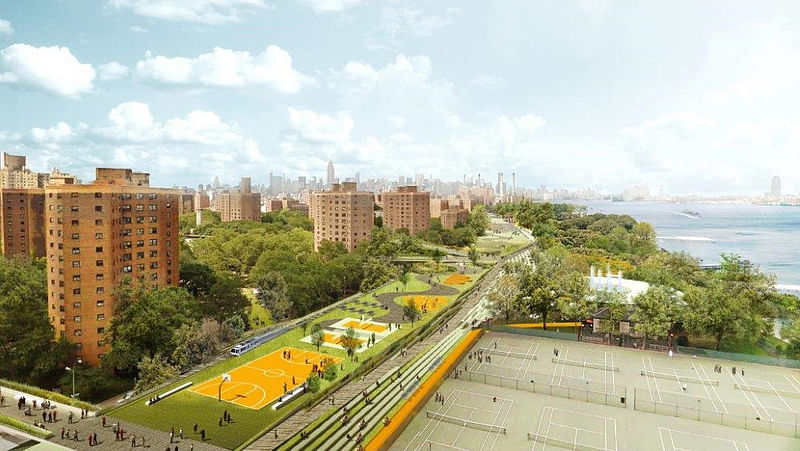
"Proposed solutions for the components were designed in close consultation with the associated communities and a number of local, municipal, State and Federal stakeholders; each proposal has a benefit-cost ratio greater than one; and each is flexible, easily phased, and able to integrate with existing projects in progress."
BIG Team Credits:
Partners-in-Charge: Bjarke Ingels, Kai-Uwe Bergmann, Thomas Christofferson
Project Leader: Jeremy Alain Siegel, Daniel Kidd
Team: Kurt Nieminen, Dammy Lee, Yifu Sun, Jack Lipson, David Spittler, Blake Smith, David Dottelonde, Ken Amoah, Choonghyo Lee, Wesley Chiang, Daisy Zhong, Hector Garcia, Riccardo de Palma, Yaziel Juarbe, Taylor Hewett, Patricia Correa Velasquez
All images courtesy of the BIG Team.
For further reading on the BIG U, click here.
Click the thumbnails below to see more images.
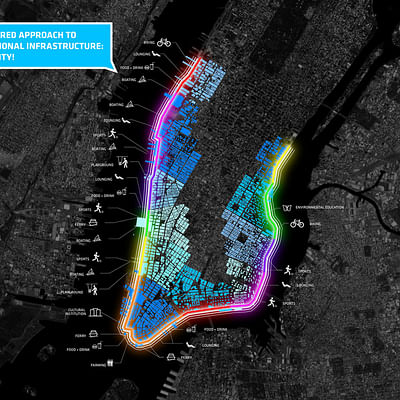


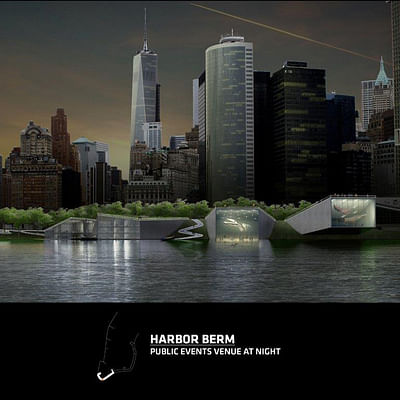
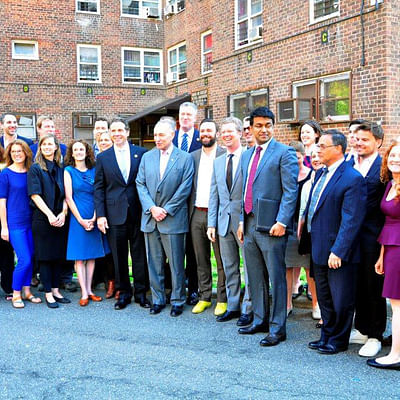

Share
0 Comments
Comment as :